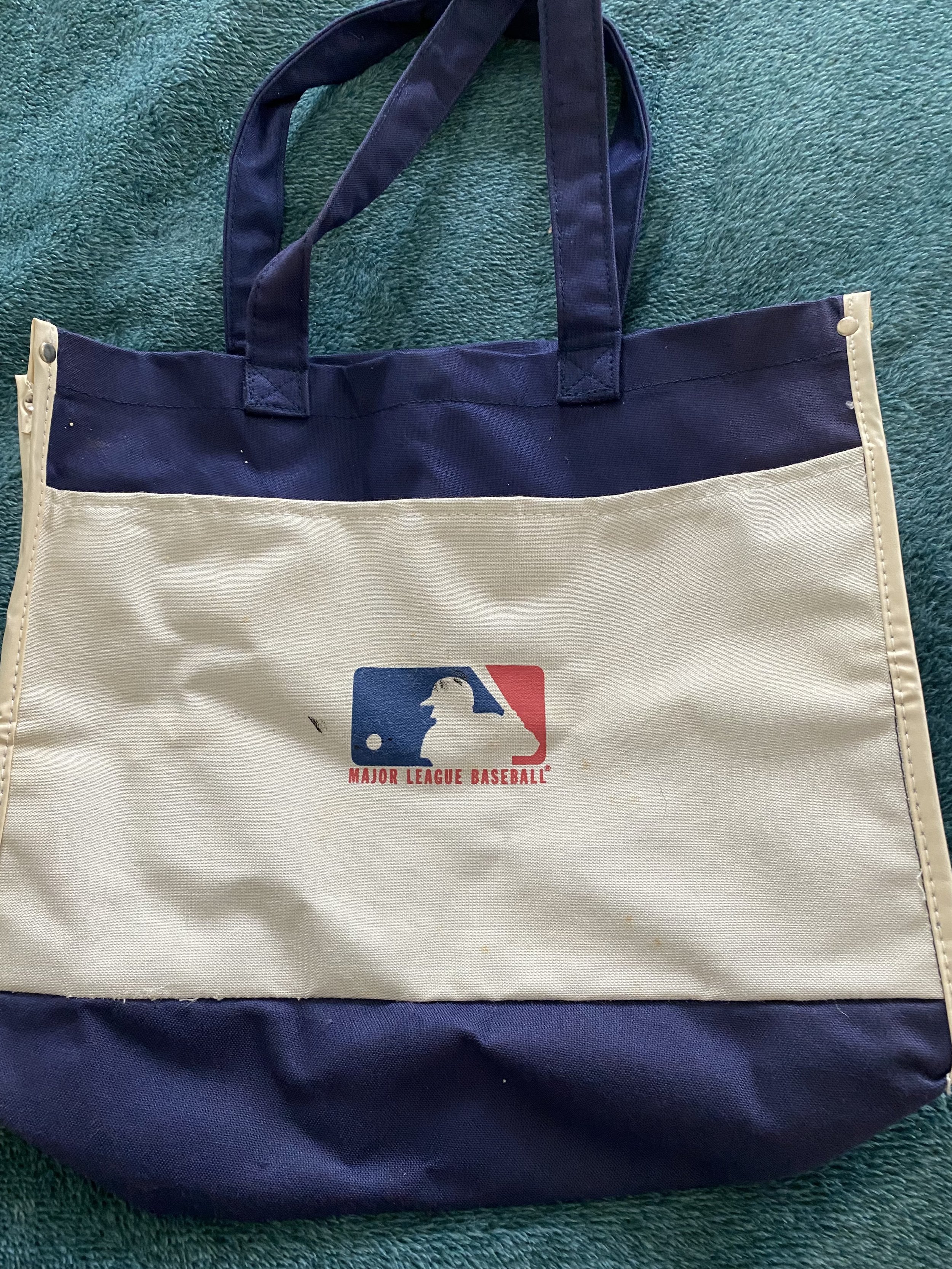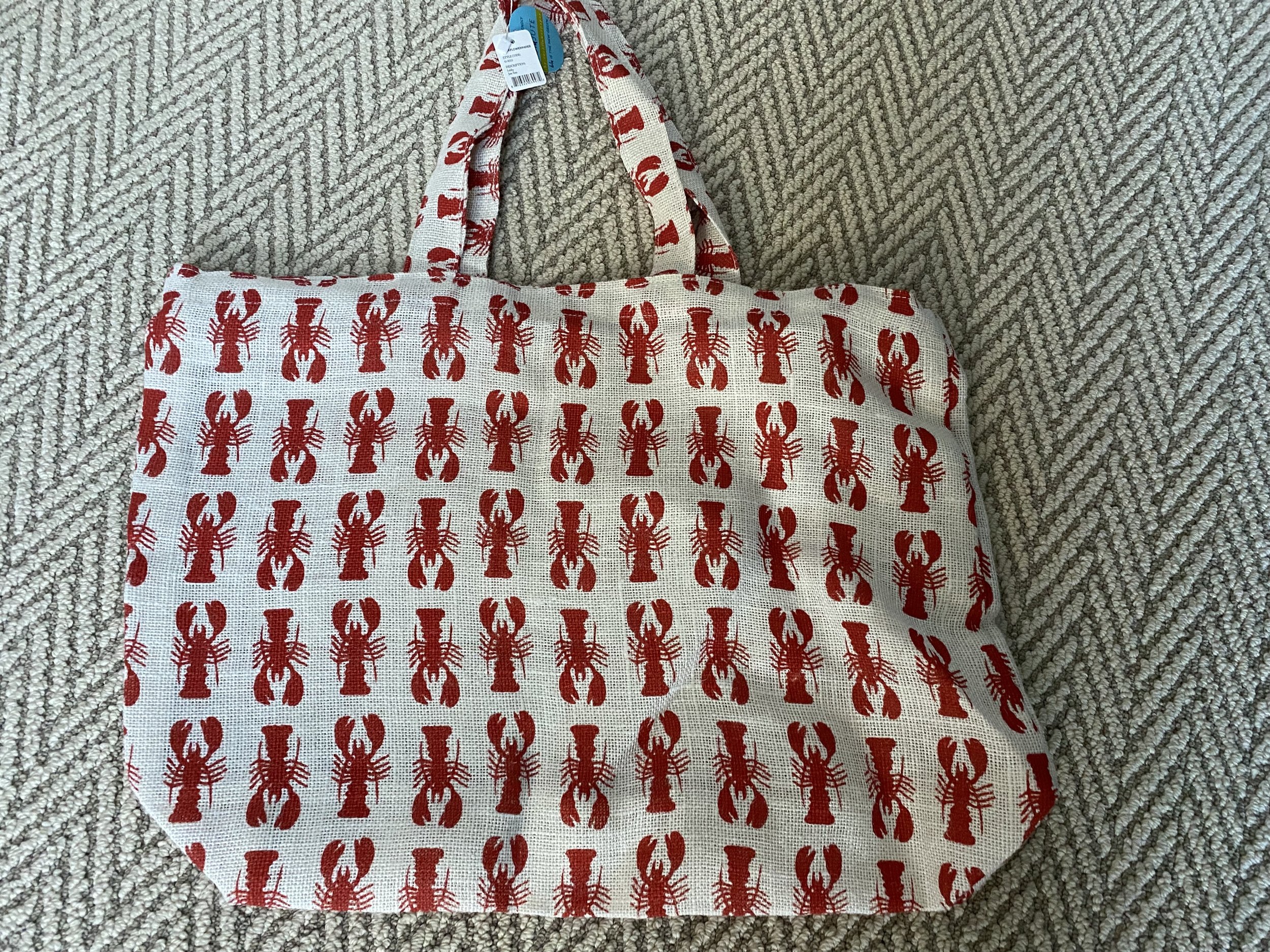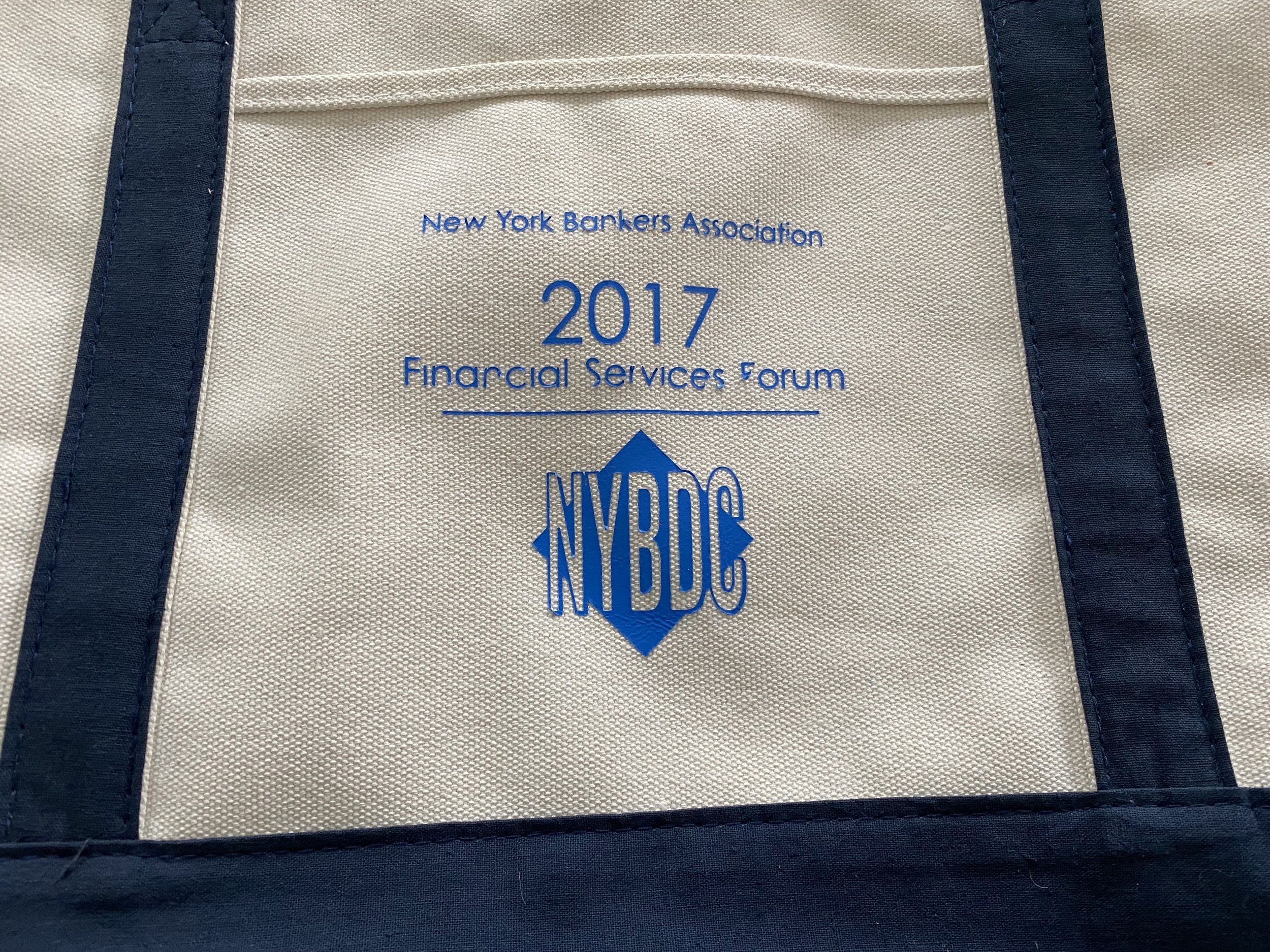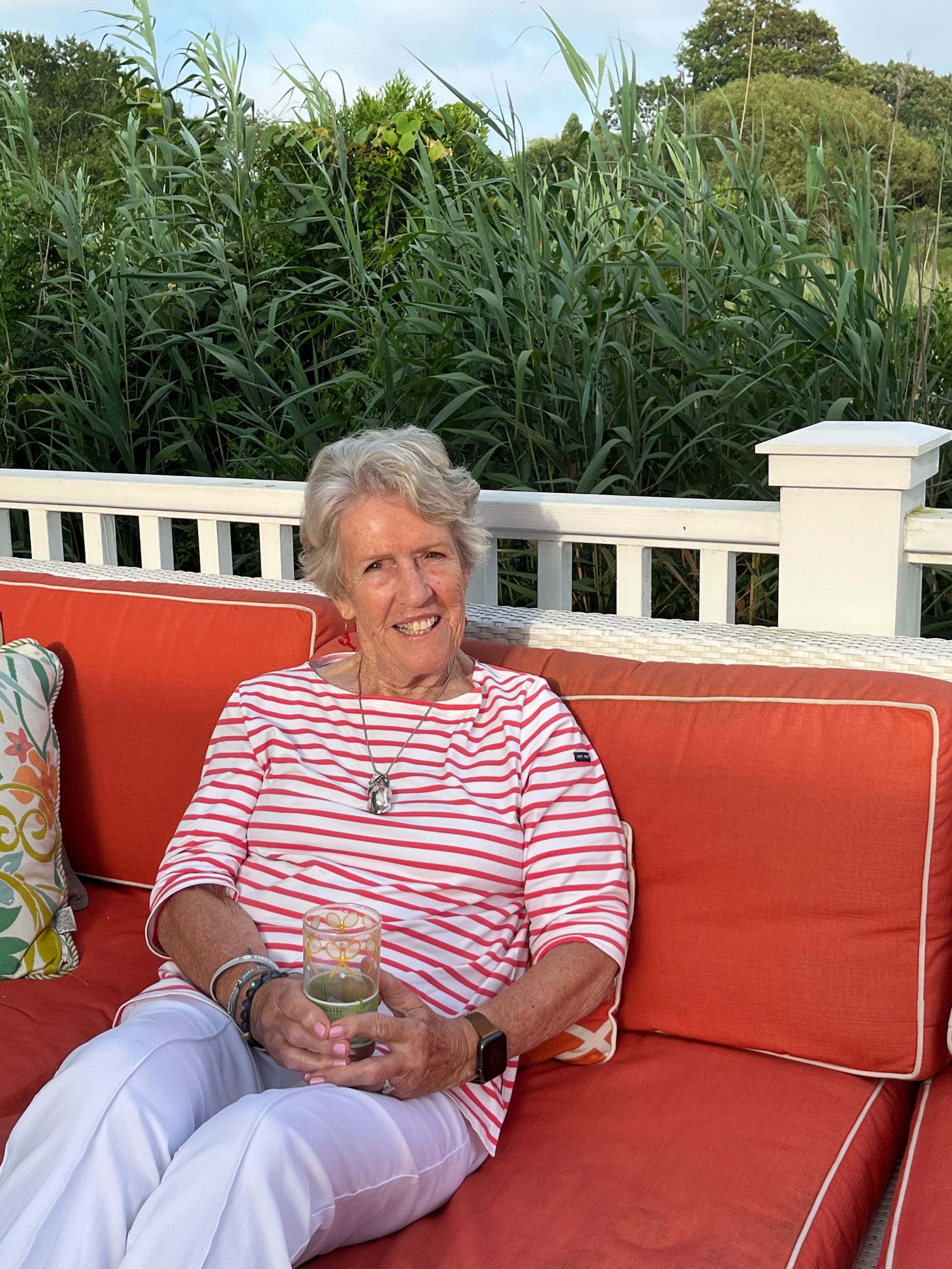BAG LADIES
/“Would you like to buy a bag?” the nice lady clerk at Hannaford asked me yesterday, eyeballing my 15 cans of Fancy Feast cat food, a half-gallon of 2%, a jar of strawberry jam and one red onion.
Because, see, I had forgotten my plastic tote bags which were out in the car. It was pouring buckets. And I’d left my umbrella in the back seat. With the bags. Plus, I can’t juggle.
“How much?” I asked. “Just a nickel,” she answered.
Parting with that five cents got to me. On top of still-outrageously-steep gas prices, grocery items I want to buy but aren’t on the shelves because of the “supply chain,” and electric bills that have me turning off lights whenever I leave a room, now I have to fork over a nickel for one paper bag that will fall apart in the rain before I get to my car.
Thanks a lot, Covid.
I was one of the few who actually enjoyed quarantining. Our monthly Visa bill shrank, I read a slew of books and saw great Netflix series, I napped and day dreamed, I cleaned out closets in the basement that hadn’t see the light of day, or me, since the big blizzard of 2013. My hands had never been so clean. It’s not that I liked Covid, but we managed fine.
But after nearly three years of the virus and its multi-manifestations, the mask wearing and non-hugging hellos, can’t we get back to normal and have free paper bags again?
Apparently, not. Supplying our own reusable tote bags at the checkout counter is SOP.
Before the availability of paper bags, ladies brought their food home from the market in bowls and baskets. The paper bag didn't exist in usable form until 1852 when Francis Wolle, a clever Pennsylvanian, created a machine that cut and pasted paper into an envelope-shaped bag.
However … it it took a woman (no surprise!) named Margaret E. Knight, who worked at the Columbia Paper Bag Company in Springfield, Massachusetts during the 1860s, to invent a machine that automatically cut, folded and glued flat-bottomed paper bags. Her invention revolutionized the paper bag industry by replacing the work of thirty people with one machine. And we all started using paper bags to bring home the bacon.
Then, Karl Ziegler’s 1953 invention of high-density polyethylene earned him the Nobel Prize in Chemistry. It also spurred a Swedish engineer named Sten Gustaf Thulin to create the first actual plastic grocery bag in 1965. By 1985, 75% of supermarkets across the country offered plastic bags as an option to paper …. until legitimate worries about wild life, noxious landfills and the environment stirred our conscience and we all started toting reusable bags.
The bag variety is astounding. I personally favor my lime-green bag with JMcL on the front. But I also use a bag from Fresh Market that says “Delicious Things Inside.” My Whole Foods bag asks, “Are my organic roots showing?” When not toting red-bullseye Target bags, I opt for my huge Citarella Deli bag. And somehow I’ve got a MLB bag and one from a financial conference in New York that I know I never attended.
They each cost more than five cents, too. So why am I complaining???





